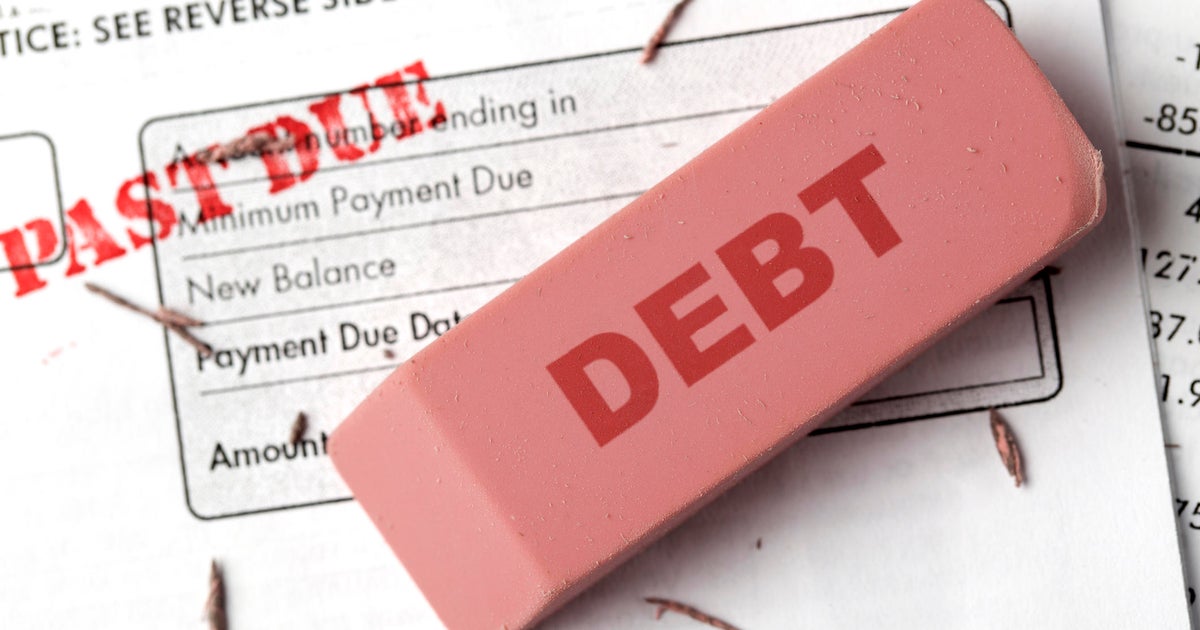Debt ceiling talks could hinge on budget cuts. Here's where the U.S. spends its money.
A key element of the debt ceiling negotiations in Washington, D.C., are demands from Republican lawmakers that the nation chop federal spending, including outlays that ballooned during the pandemic.
The push for cuts comes as the U.S. has been spending more each year than it has received in taxes and other revenue since 2001, when President Bill Clinton left the White House. During the pandemic, spending and deficits surged, thanks to the double whammy of President Donald Trump's 2017 tax cuts in addition to spending on emergency measures like stimulus checks and unemployment aid.
Government spending spiked to a high of $7.2 trillion annually in fiscal-year 2021, the year that Trump left the White House, or about 78% higher than the nation's spending just four years earlier, according to data from the University of California, Santa Barbara. Since then, federal outlays have dropped, but the nation is still spending trillions more annually than it did prior to the pandemic.
"Look, this all comes down to spending," House Speaker Kevin McCarthy told reporters on Wednesday. "We need to spend less this year than we spent last year. It's simple."
While Republicans want the government to spend less, they have pledged not to touch two of the biggest expenditures: Social Security and Medicare. Those programs provide retirement income and health care services to millions of Americans over the age of 65 and represent more than 30% of U.S. spending.
Cuts to defense spending are also off the table, which accounts for about 12% of the nation's outlays. Instead, the spending cuts pushed by GOP leaders are focused on Medicaid — the health care program for low-income Americans — as well as on food stamps and welfare.
The GOP plan would add work requirements to Medicaid for the first time and expand them for the Supplemental Nutrition Assistance Program, the formal name for the food-stamp program and for Temporary Assistance for Needy Families (TANF), or welfare.
Over the next decade, those cuts would add up to about $120 billion in savings, according to the Congressional Budget Office. The reduced spending would stem from kicking thousands of people out of the programs. Combined, Medicaid, SNAP and TANF represent about 7% of U.S. spending, or about 13% of spending on individuals.
In the short term, those cuts in aid could potentially backfire by contributing to a recession this year, some financial experts say. That's because the reductions would be directed at programs where federal money is redirected into the economy through food purchases and health care services. Without that spending, local businesses could take a hit.
"Austerity connected to the compromises suggested above would contribute to the moderate recession we expected this year," said analysts from Wells Fargo Investment Institute in a research note.
But, they added, there's also a risk to the nation's financial health if the U.S. isn't able to trim its spending. If the U.S. needs to issue more debt to finance its spending, that would result in higher interest expense for the nation — potentially spurring Congress to cut spending or raise taxes to compensate, the analysts noted.



